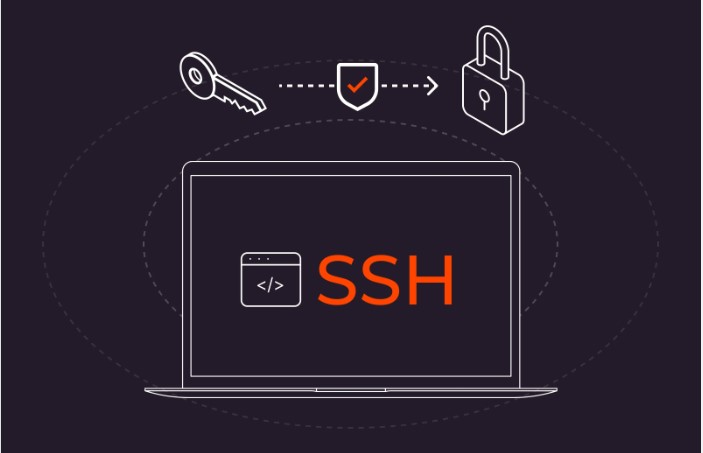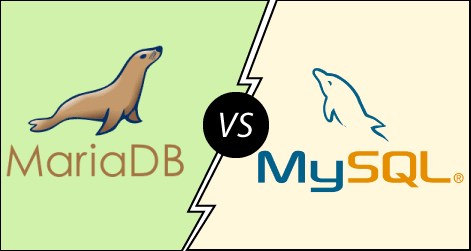Domain Name Service (DNS) is an internet service that maps IP addresses to fully qualified domain names (FQDN) and vice versa.
BIND stands for Berkley Internet Naming Daemon.
BIND is the most common program used for maintaining a name server on Linux.
In this tutorial, we will explain how to install and configure a DNS server.
Install Bind
Install the bind9 package using the appropriate package management utilities for your Linux distributions.
On Debian/Ubuntu flavors, do the following:
sudo apt-get install bind9
On Redhat/CentOS/Fedora flavors, do the following:
yum install bind9
All the DNS configurations are stored under /etc/bind directory. The primary configuration is /etc/bind/named.conf which will include other needed files. The file named /etc/bind/db.root describes the root nameservers in the world.
IPv4 Mode
Before continuing, let’s set BIND to IPv4 mode. On both servers, edit the bind9 service parameters file:
sudo vi /etc/default/bind9
Add “-4” to the OPTIONS variable. It should look like the following – /etc/default/bind9
Now that BIND is installed, let’s configure the primary DNS server.
Creating Zones entries
Firstly we will create a forward zone entry in /etc/named.conf for our domain webhostingnoida.com. Add the following lines in named.conf
zone "webhostingnoida.com" IN {
type master;
file "fwd.webhostingnoida.com.db";
allow-update { none; };
};
Here, ‘webhostingnoida.com’ is the Domain name,
‘master’ is the Primary DNS,
fwd.webhostingnoida.com.db is the Forward lookup file,
‘allow-update’ will be none, its the primary DNS.
Similarly, we will now create an entry for reverse zone as well in”named.conf”
zone "1.168.192.in-addr.arpa" IN {
type master;
file "1.168.192.db";
allow-update { none; };
};
Here,
1.168.192.in-addr.arpa is Reverse lookup name,
master is for Primary DNS,
1.168.192.db is the reverse lookup file,
allow-update – will be set to none, since this is the primary DNS.
Our configuration for “named.conf” is complete & next we will create zone files for our BIND server.
Creating zone files
We will first create our forward zone file i.e “fwd.webhostingnoida.com.db” in “/var/named” folder and then will make the following entries in it
$TTL 86400 @ IN SOA primary.webhostingnoida.com. root.webhostingnoida.com. ( 2014112511 ;Serial 3600 ;Refresh 1800 ;Retry 604800 ;Expire 86400 ;Minimum TTL ) ;Name Server Information @ IN NS primary.webhostingnoida.com. ;IP address of Name Server primary IN A 192.168.1.100 ;Mail exchanger webhostingnoida.com. IN MX 10 mail.webhostingnoida.com. ;A - Record HostName To Ip Address www IN A 192.168.1.105 mail IN A 192.168.1.120 ;CNAME record ftp IN CNAME www.webhostingnoida.com.
Similarly, we will create reverse zone file named “1.168.192.db” in “/var/named” folder with the following content
vi /var/named/1.168.192.db
$TTL 86400 @ IN SOA dns.ltechlab.com. root.ltechlab.com. ( 2014112511 ;Serial 3600 ;Refresh 1800 ;Retry 604800 ;Expire 86400 ;Minimum TTL ) ;Name Server Information @ IN NS dns.ltechlab.com. ;Reverse lookup for Name Server 8 IN PTR dns.ltechlab.com. ;PTR Record IP address to HostName 105 IN PTR www.ltechlab.com. 120 IN PTR mail.ltechlab.com.
After creating these zone files, we will restart our BIND server
service named restart or systemctl restart named.service
Now, we will verify our zone files.
Test the DNS server
Now we have configured the DNS server for our domain. We will test our DNS server by pinging mail.webhostingnoida.com from web.webhostingnoida.com.
If the ping is success, then we have configured the DNS successfully.
You can also use nslookup and dig to test DNS servers.
On web.webhostingnoida.com server, add the following to /etc/resolv.conf
nameserver 10.42.0.83
Now ping, mail.webhostingnoida.com, which should resolve the address appropriately from the DNS server that we just configured.
$ ping mail.thegeekstuff.net PING mail.thegeekstuff.net (10.42.0.70) 56(84) bytes of data. 64 bytes from mail.thegeekstuff.net (10.42.0.70): icmp_req=1 ttl=64 time=0.482 ms 64 bytes from mail.thegeekstuff.net (10.42.0.70): icmp_req=2 ttl=64 time=0.532 ms
Hope you like this blog



